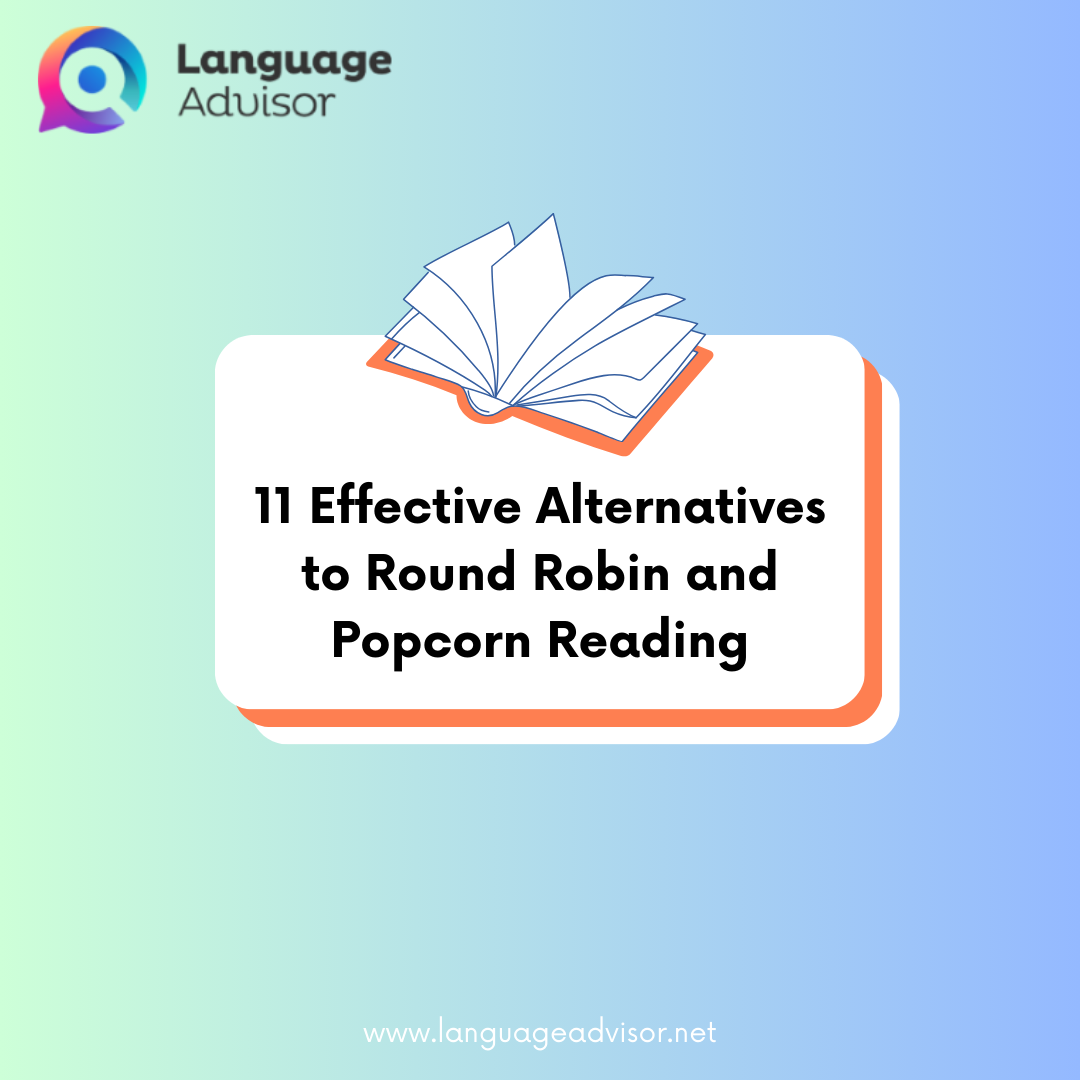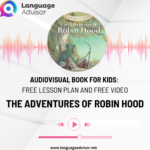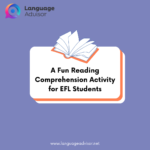11 Effective Alternatives to Round Robin and Popcorn Reading. Discover 11 Engaging Alternatives to Enhance Reading Fluency Beyond Round Robin Techniques
11 Effective Alternatives to Round Robin and Popcorn Reading

11 Effective Alternatives to Round Robin and Popcorn Reading
Why Move Beyond Round Robin Reading?
Round Robin Reading (RRR) has been a common practice in classrooms for over 200 years, with many K-8 teachers utilizing it in various forms, including Popcorn Reading. Despite its long-standing popularity, RRR has faced substantial criticism for failing to effectively enhance reading fluency, word decoding, and comprehension. Research indicates that techniques like Popcorn Reading can actually discourage students from enjoying reading, particularly those who may already be hesitant.
The Problem with Round Robin Reading
In Round Robin Reading, students take turns reading aloud from a common text while their classmates follow along. Although this method may appear interactive, it can lead to several issues:
- Stigmatizes Struggling Readers: Students who struggle with reading may experience anxiety when asked to read in front of their peers.
- Weakens Comprehension: The interruptions from turn-taking can disrupt the flow of the text, making it harder for students to understand.
- Sabotages Fluency: Poor modeling by struggling readers can hinder others’ pronunciation and fluency. Attempts by teachers to correct errors during these sessions often further disrupt fluency.
Despite these shortcomings, there are many effective alternatives to RRR that can better support students’ reading development.
11 Better Approaches to Enhance Reading Fluency
- Choral Reading: The whole class reads a passage together, minimizing the pressure on struggling readers. Studies have shown that this method can enhance decoding and fluency.
- Partner Reading: Students read aloud in pairs, alternating paragraphs or sections, which encourages collaboration and peer support.
- Peer-Assisted Learning Strategies (PALS): This approach pairs stronger and weaker readers to take turns reading, re-reading, and discussing the text.
- Silent Reading: Incorporate vocabulary instruction and plot overviews before silent reading sessions to enhance understanding.
- Teacher Read Aloud: Listening to the teacher read aloud models proper pacing and expression, significantly boosting fluency and comprehension.
- Echo Reading: Students mimic the teacher’s reading, replicating pacing and intonation, which reinforces proper reading skills.
- Shared Reading: The teacher reads aloud while students follow along in their own books, providing a model for fluent reading and comprehension strategies.
- The Crazy Professor Reading Game: This engaging activity encourages students to read with enthusiasm, incorporating dramatic gestures and peer questioning to bring the text to life.
- Buddy Reading: Students prepare to read a text aloud to a younger buddy, helping reinforce their own skills while mentoring others.
- Timed Repeat Readings: Students read a text multiple times, tracking their speed and accuracy, which helps build fluency over time.
- Fluency-Oriented Reading Instruction (FORI): This structured approach involves repeated readings of the same text over a week, incorporating various reading strategies.
Conclusion
While Round Robin Reading has been a staple in education for centuries, the alternatives presented offer more effective strategies for improving reading fluency and comprehension. Incorporating these methods can create a more supportive and engaging learning environment for all students.
11 Effective Alternatives to Round Robin and Popcorn Reading
If you have favorite strategies that enhance fluency or comprehension in your classroom, share your thoughts!





